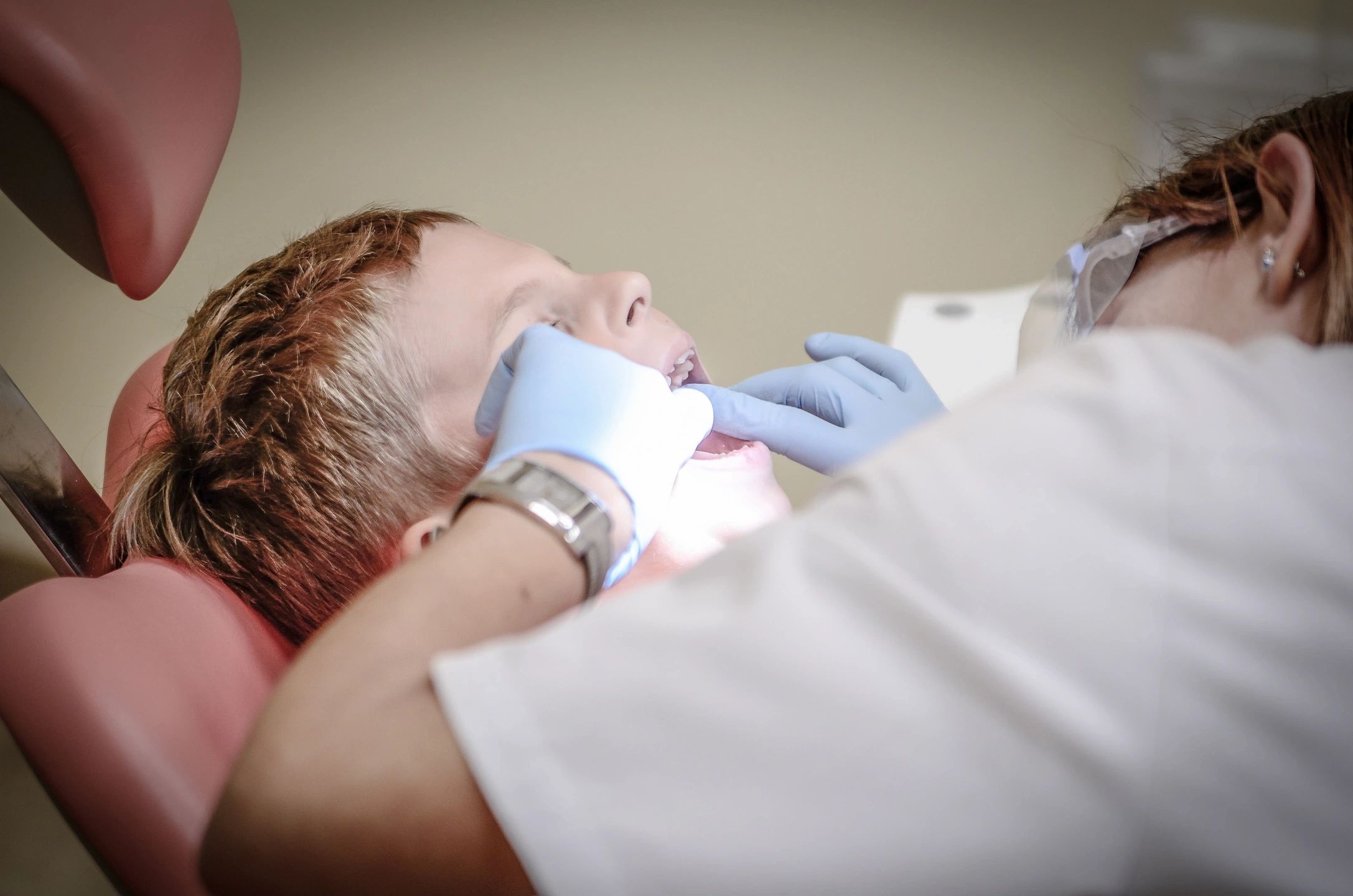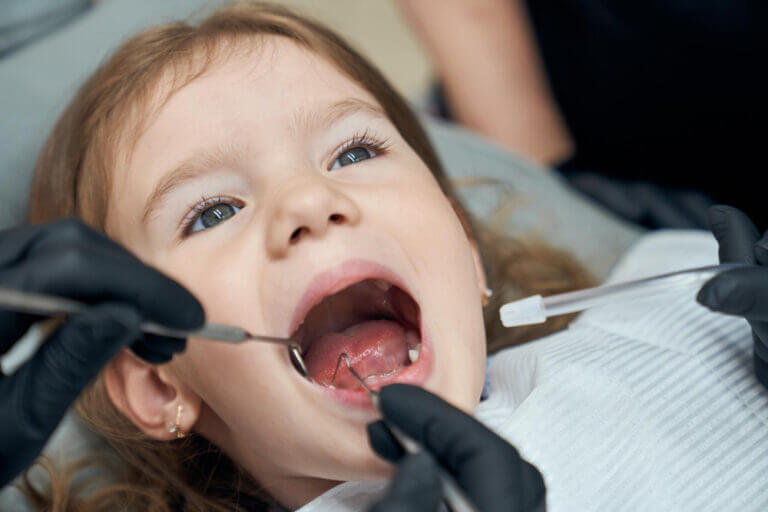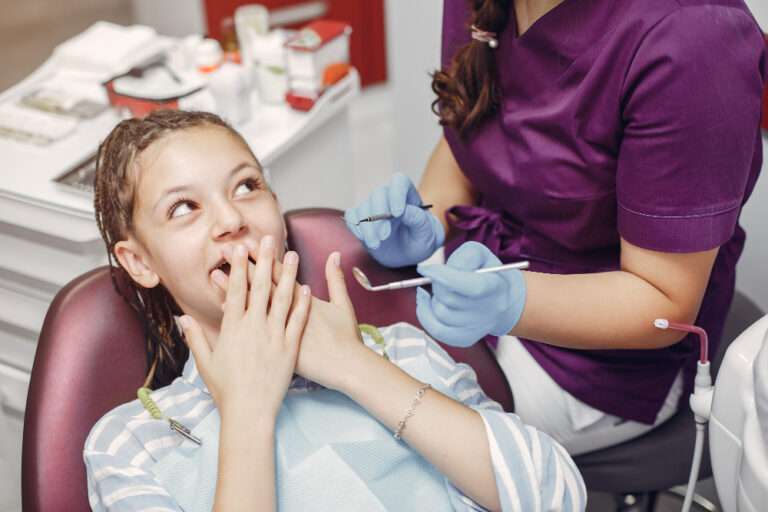Dental abscess in children
A dental abscess in children is a serious oral infection that typically occurs in the root of a tooth or in the surrounding gum tissue. It is often accompanied by severe pain and can lead to various complications if left untreated. Here are key points about dental abscesses in children:
- Causes:
- Dental abscesses are typically caused by bacterial infections. These infections can occur due to:
- Tooth decay: Bacteria can penetrate the tooth’s protective enamel and dentin layers, reaching the pulp (innermost part) of the tooth.
- Gum infections: Bacterial infections can also occur in the gum tissue, often as a result of gum disease (periodontitis) or trauma to the gums.
- Trauma: An injury to a tooth can damage the pulp and lead to infection.
- Weakened immune system: Children with weakened immune systems may be more susceptible to dental abscesses.
- Dental abscesses are typically caused by bacterial infections. These infections can occur due to:
- Types of Dental Abscesses:
- There are two main types of dental abscesses in children:
- Periapical Abscess: This occurs when bacteria infect the pulp of a tooth, typically due to untreated tooth decay. It is located at the tip of the tooth’s root.
- Periodontal Abscess: This involves an infection in the gum tissue, often associated with gum disease or a foreign object trapped between the teeth and gums.
- There are two main types of dental abscesses in children:
- Symptoms:
- Dental abscesses in children can present with various symptoms, including:
- Severe toothache, which may be throbbing or constant.
- Swelling of the face, cheek, or neck.
- Sensitivity to hot and cold temperatures.
- Fever.
- Foul-tasting drainage or pus around the affected tooth or gum.
- Difficulty eating or swallowing.
- General discomfort and irritability.
- Dental abscesses in children can present with various symptoms, including:
- Complications:
- If left untreated, dental abscesses can lead to serious complications, including:
- Spread of infection to adjacent teeth or other parts of the body.
- Cellulitis (soft tissue infection) in the face or neck.
- Development of an abscess in deeper tissues, such as the brain or chest.
- Osteomyelitis (bone infection) in the jaw.
- If left untreated, dental abscesses can lead to serious complications, including:
- Diagnosis and Treatment:
- A dentist will diagnose a dental abscess through a clinical examination and may use dental X-rays to determine the extent of the infection.
- Treatment typically involves addressing the infection and relieving pain, and may include:
- Draining the abscess: In some cases, the dentist may need to make an incision to allow the pus to drain.
- Antibiotics: To control and treat the infection.
- Dental treatment: Depending on the severity of the condition, treatment may involve a root canal to remove the infected pulp or extraction of the affected tooth.
- Pain relief: Over-the-counter pain relievers or prescription medications may be recommended.
- Warm saltwater rinses: To help reduce swelling and discomfort.
- Prevention:
- Preventing dental abscesses in children involves good oral hygiene practices, including regular brushing, flossing, and dental check-ups.
- Prompt treatment of tooth decay and gum disease can help prevent the development of abscesses.
Parents and caregivers should seek immediate dental care if they suspect a dental abscess in a child. Early intervention can prevent the infection from spreading and causing more serious health issues. Regular dental check-ups are also essential for early detection and prevention of dental problems in children.
------------From our Sponsors------------









